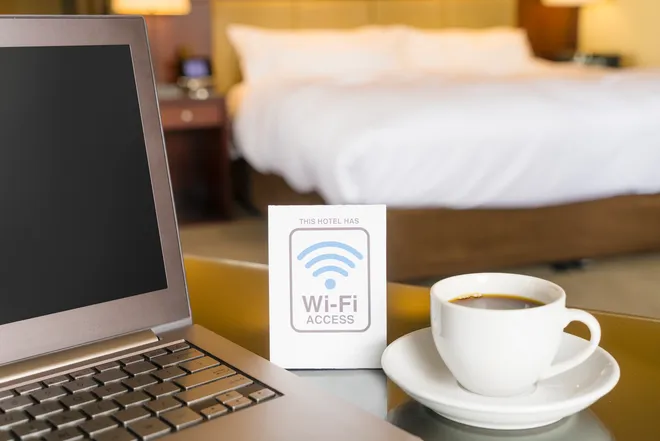
Setting up a WiFi network involves several steps to ensure a secure, reliable, and scalable wireless infrastructure. Here’s a guide of some of the top things you need to consider:
1. Define Requirements and Objectives:
- Coverage: Identify the areas that need WiFi coverage.
- Capacity: Determine the number of devices and expected usage.
- Security: Establish security protocols and access controls.
2. Conduct Site Survey:
- Physical Survey: Walk through the premises to identify potential interference, dead zones, and optimal access point (AP) placements.
- Spectrum Analysis: Identify and mitigate potential sources of interference (microwaves, other WiFi networks).
3. Select Equipment:
- Access Points: Choose high-quality, business-grade APs capable of handling your capacity and coverage requirements.
- Controllers: Consider whether you need a centralized controller for managing multiple APs.
4. Network Design:
- SSID Planning: Decide on the number of SSIDs (Service Set Identifiers) based on your network segmentation needs.
- IP Addressing: Plan the IP addressing scheme for your WiFi network.
5. Security Implementation:
- Encryption: Use WPA3 for the highest level of encryption.
- Authentication: Implement secure authentication mechanisms, like WPA3-Enterprise with EAP-TLS for user authentication.
- Access Control: Define access policies and restrict unauthorized devices.

6. Guest Network Setup:
- Isolation: Segregate guest traffic from the corporate network.
- Captive Portal: Implement a captive portal for guest authentication and terms of use.
7. Quality of Service (QoS):
- Prioritization: Configure QoS settings to prioritize critical applications and services.
8. Monitoring and Management:
- Network Monitoring: Use tools to monitor network performance and troubleshoot issues.
- Remote Management: Enable secure remote access for administration.
9. Regular Updates and Patching:
- Firmware Updates: Keep APs, controllers, and other network equipment updated.
- Security Patches: Regularly apply security patches to mitigate vulnerabilities.
10. Backup and Redundancy:
- Configuration Backups: Regularly backup your WiFi network configurations.
- Redundancy: Implement redundant components to ensure network availability.
11. Documentation:
- Network Documentation: Maintain detailed documentation of your network configuration, including passwords and access policies.
- Troubleshooting Guide: Create a guide for common troubleshooting procedures.
12. User Education:
- Security Awareness: Educate employees about the importance of strong passwords, secure connection practices, and the risks of public WiFi.
13. Compliance and Regulations:
- Legal Compliance: Ensure your WiFi network complies with local regulations and data protection laws.
14. Testing:
- Performance Testing: Conduct thorough testing of the network, especially in high-density areas.
- Security Audits: Regularly perform security audits to identify and address potential vulnerabilities.
15. Scalability:
- Future Expansion: Design the network to accommodate future growth by considering scalability options.
As you can see, designing and installing a WiFi network consists of many areas that need professional work. Our engineers are qualified to not only design your WiFi network, but to install and maintain it as well.
Dont forget that regular maintenance, updates, and monitoring will help ensure ongoing reliability and security.
Contact one of our experts to discuss your unique requirements.
